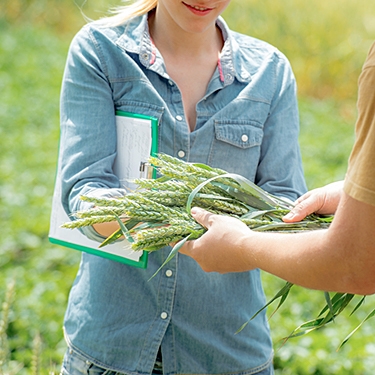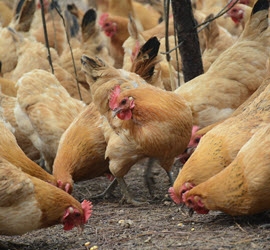Illuminating the value of technical research

On behalf of a commodity producer organization, WPI evaluated the outputs from a project that featured a $5 million investment into technical research over multiple years. WPI’s team captured the results of this extensive effort and synthesized them for presentation to the organization’s governing board; among the findings uncovered and presented for the first time was the development of genomic traits proven, via rigorous testing, to provide crop yield advantages of 50 percent or more to U.S. farmers in times of drought. Capturing measurable results from long-term efforts can be challenging. Educating clients on the dynamics of success measurement when quantifiable results are not readily available requires deep client-consultant collaboration and an ability to consider both near- and long-term client aspirations with market/policy dynamics – attributes that WPI brings to every consulting engagement.

 Friday involved relatively lower volume and modest price changes as new inputs remain limited. And it wasn’t really due to the lack of USDA reports due to the shutdown since they may not have involved anything market moving. Harvest is progressing, competitors have ample supplies, and buy...
Friday involved relatively lower volume and modest price changes as new inputs remain limited. And it wasn’t really due to the lack of USDA reports due to the shutdown since they may not have involved anything market moving. Harvest is progressing, competitors have ample supplies, and buy...
 According to S&P Global, the US manufacturing sector grew for the fourth consecutive month in September. The U.S. manufacturing purchasing managers' index recorded 52 points in September, down from 53 a month prior and indicating a weaker rate of expansion of the manufacturing sector. A rea...
According to S&P Global, the US manufacturing sector grew for the fourth consecutive month in September. The U.S. manufacturing purchasing managers' index recorded 52 points in September, down from 53 a month prior and indicating a weaker rate of expansion of the manufacturing sector. A rea...
 Following the recent shocks to the grain markets – the Grain Stocks report data and news that soybeans will be on the negotiating table when Presidents Trump and Xi meet next – many are wondering what happens next as far as commodity pricing goes. WPI certainly doesn’t have a...
Following the recent shocks to the grain markets – the Grain Stocks report data and news that soybeans will be on the negotiating table when Presidents Trump and Xi meet next – many are wondering what happens next as far as commodity pricing goes. WPI certainly doesn’t have a...